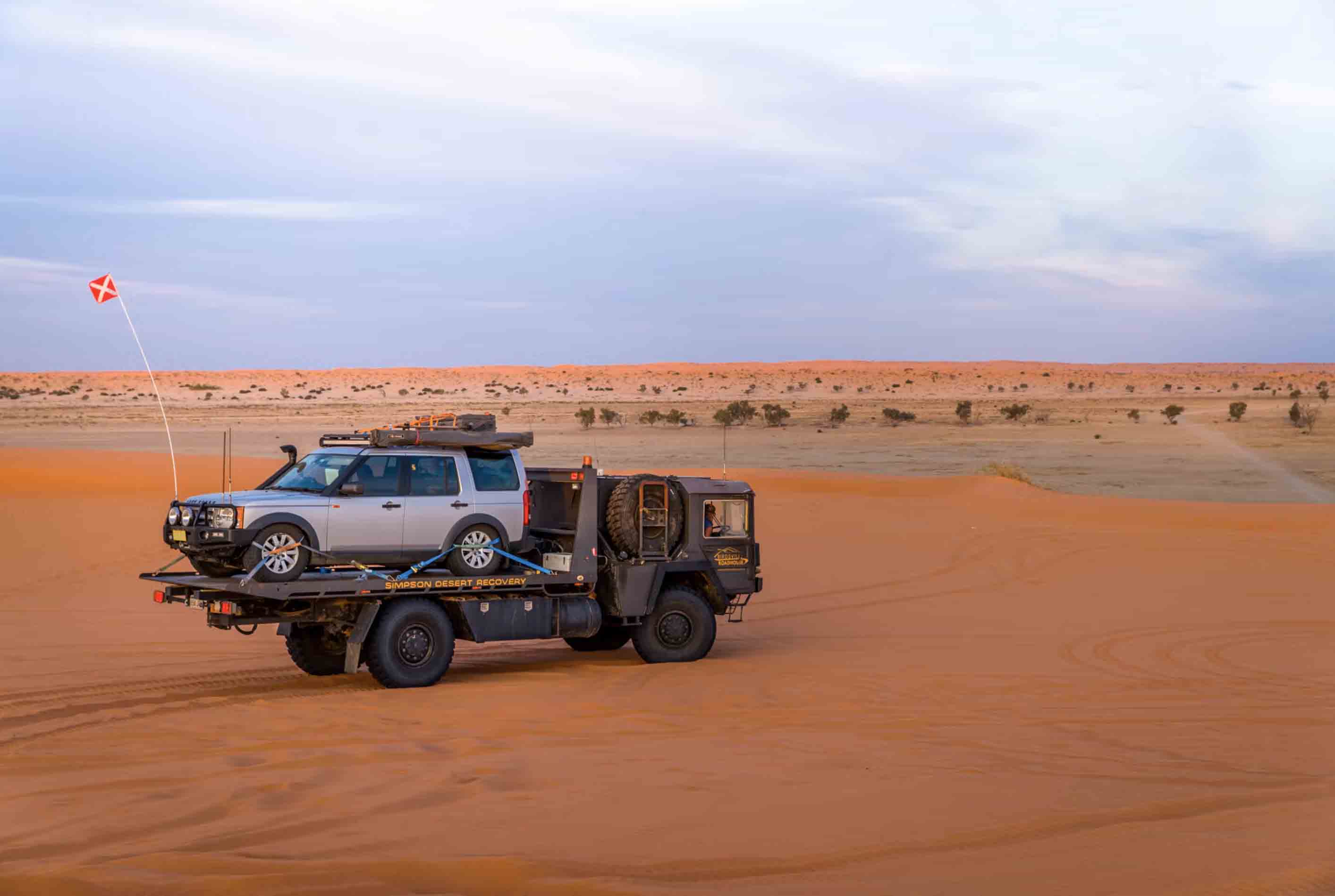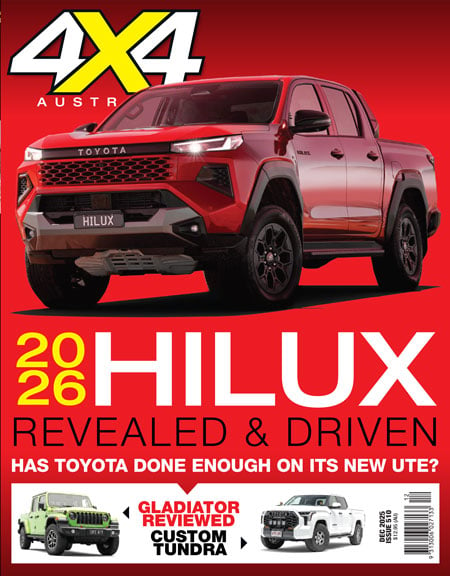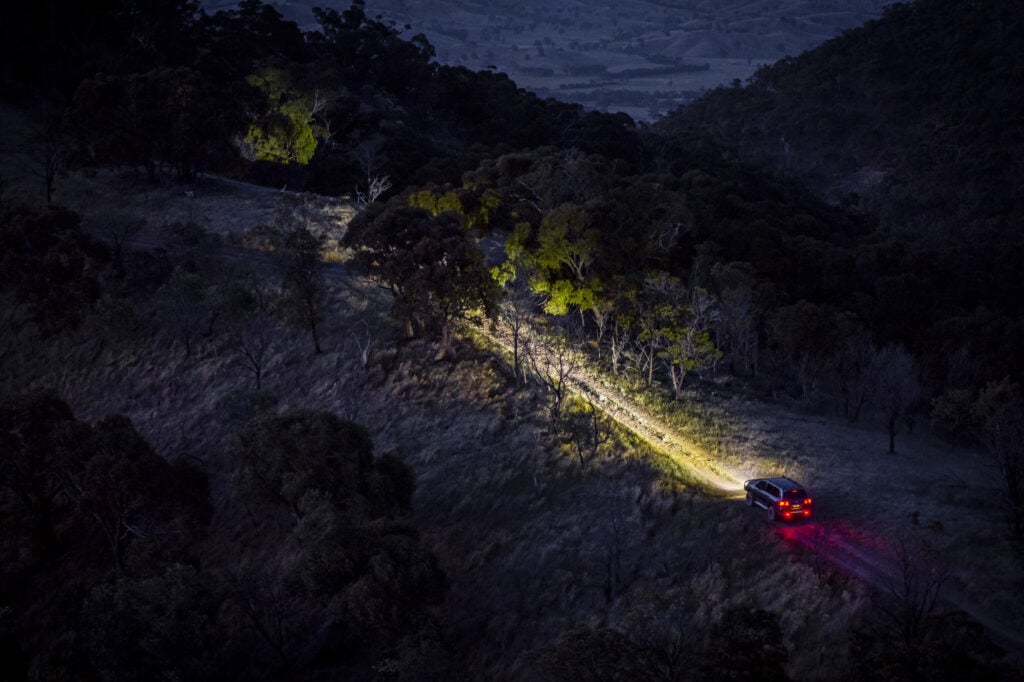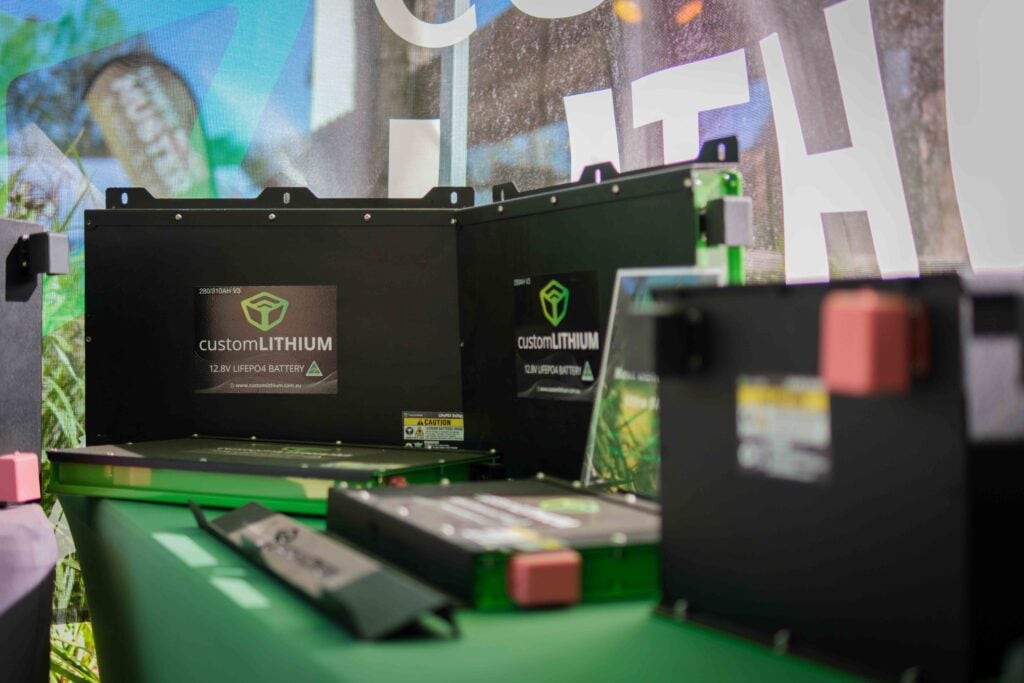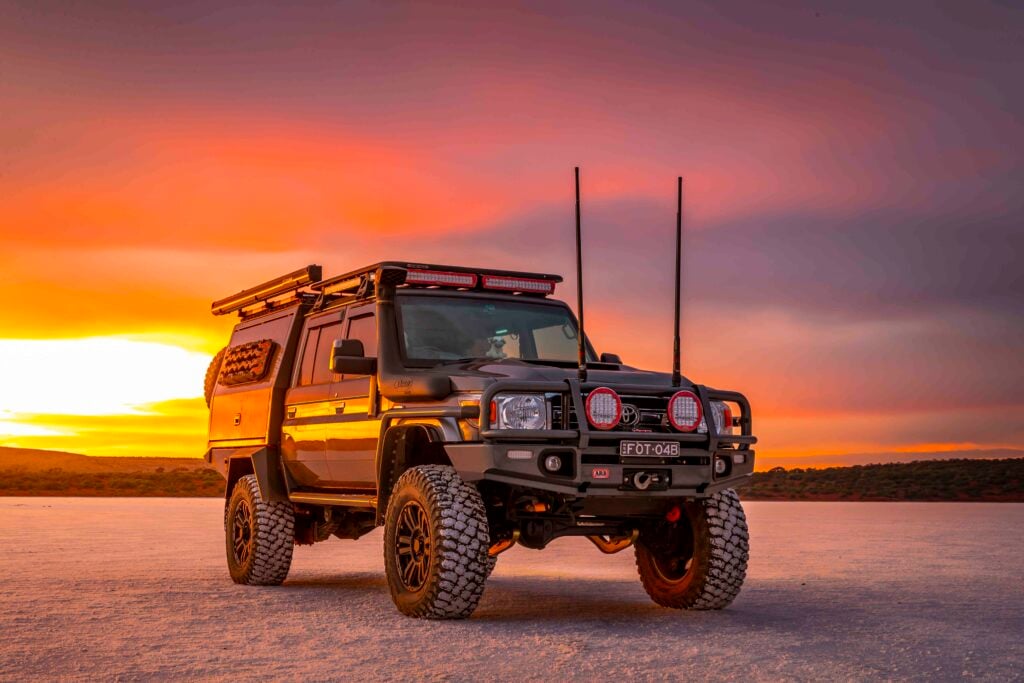Embarking on a 4×4 adventure across Australia’s vast landscapes is exhilarating, but the unpredictability of remote terrains underscores the necessity of a reliable roadside assistance package.
Whether it’s a dead battery at a bush campsite, an overheating engine on a remote track, or a snapped fan belt hundreds of kilometres from help, the right support can be the difference between a minor hiccup and a major ordeal.
Modern 4x4s are tough, but no vehicle is immune to mechanical failure, especially when pushed to the limit in rugged environments. And unlike the city, a breakdown in the bush doesn’t come with the convenience of nearby service centres or fast tow trucks. This is where the right roadside assist package proves its worth – not just for peace of mind, but potentially for your safety and survival.
Choosing the right level of cover isn’t just about ticking a box when you buy your vehicle or insurance; it’s about ensuring you’re protected wherever you travel, and no matter how far off the beaten track you roam.
JUMP AHEAD
- Why you need roadside assistance
- Levels of coverage
- State auto club plans and pricing
- Why 4×4 owners should go top-tier
- Final word
- Case studies
Roadside assistance for 4×4 and off-road travel
For 4×4 owners, roadside assistance is often seen as a safety net, something you hope you never need but can’t afford to go without. While many people assume it’s mainly for city slickers with flat batteries or locked keys, the reality is very different when your vehicle is a fully loaded 4×4 heading deep into the bush.
At its core, roadside assistance is a support service designed to help drivers when their vehicle becomes inoperable. Typical services include towing, battery jump-starts, fuel delivery, lockout help and minor mechanical fixes. For urban drivers, basic packages often suffice. But for those who own a 4×4 and use it the way it was designed – off the bitumen and into remote or rugged country – the stakes are much higher. Breakdowns in the city can be inconvenient. Breakdowns in the bush can be dangerous.
Imagine you are days into a High Country trip and your alternator fails. Or you’re crossing the Simpson Desert when your engine overheats. Out here, it’s not just about waiting for a tow truck, it’s about where that tow truck is coming from, how far it’s willing to take you and what happens to you, your passengers and your gear in the meantime.
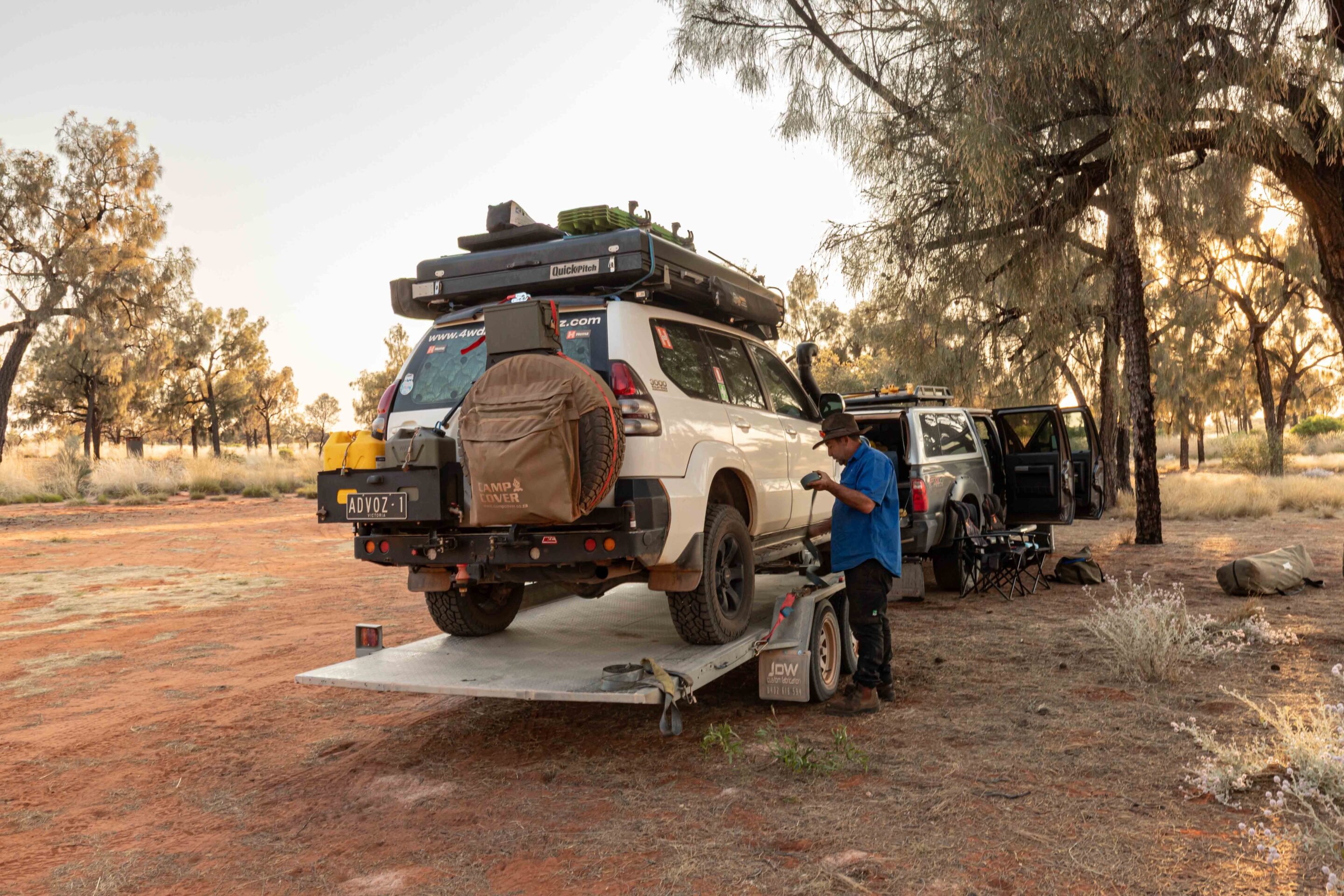
Many basic roadside assistance packages only cover towing for short distances – say 20km to 50km. That might get you to a mechanic in town, but it’s useless if you’re broken down 200km from anywhere. Some providers also limit coverage to sealed roads, meaning if you’re stuck halfway along the Anne Beadell Highway or deep in the Pilbara, you’re entirely on your own.
This is where understanding the fine print of your roadside assistance plan becomes crucial. If you’re a 4×4 owner who loves touring, camping or off-grid travel, you need a service that goes beyond the basics. That means looking for packages that:
- Offer long-range or unlimited towing
- Provide emergency accommodation and alternative transport
- Cover caravans, trailers and even pets
- Include support in regional and remote areas
- Are person-based, not just vehicle-based, so you’re covered no matter what 4×4 you’re in
Another point many overlook is the importance of having multiple callouts each year with minimal exclusions. Some lower-tier plans restrict how often you can request assistance or impose extra charges for anything beyond one or two callouts. Others might not help recover your vehicle if it’s off-road, even if it’s a legally accessed 4×4 track.
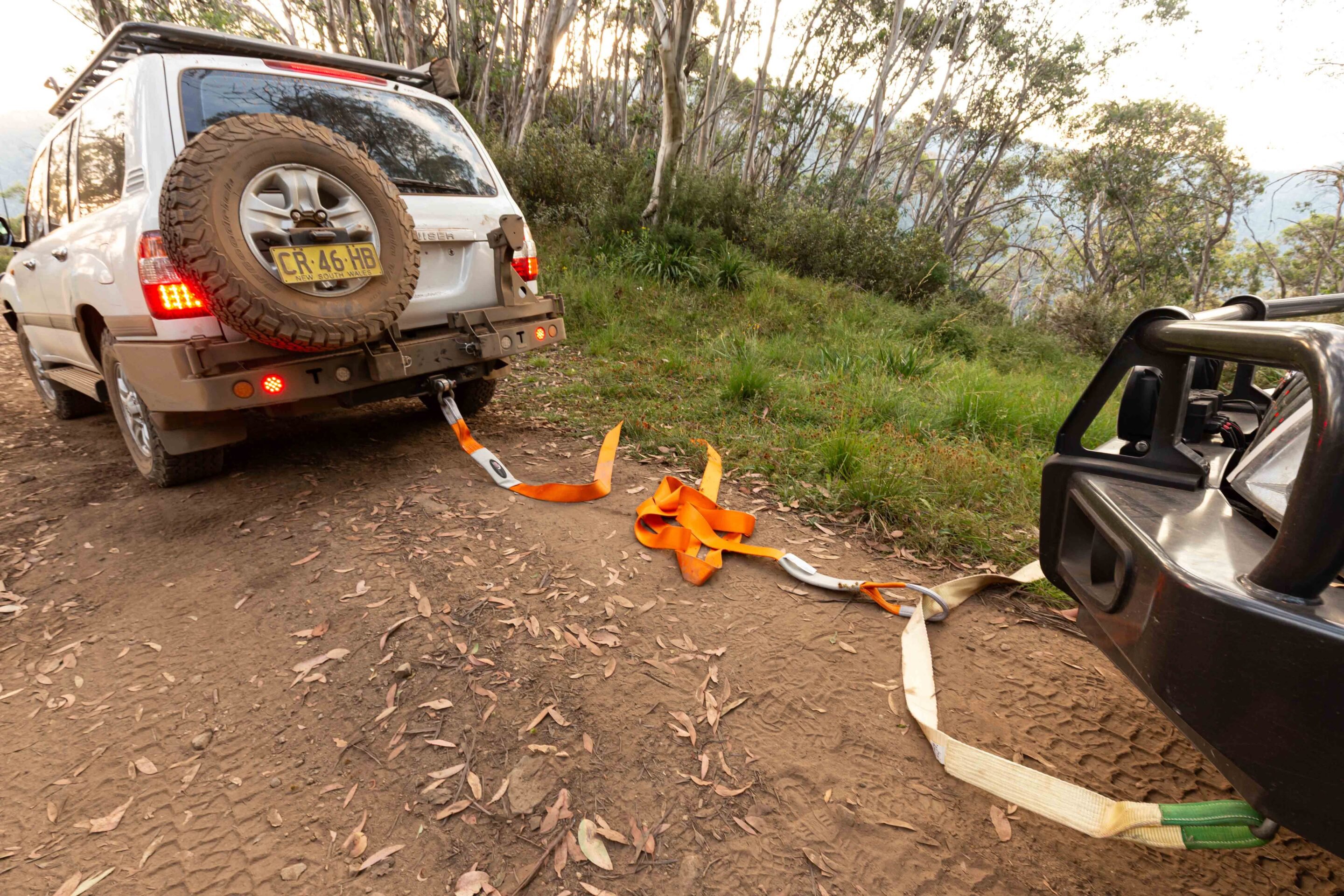
As a 4×4 owner, you’re more likely to encounter harsh terrain, long distances between towns and mechanical issues brought on by heavy loads, corrugations, water crossings or extreme temperatures. That makes robust roadside assistance not just a luxury, but a key piece of your touring toolkit.
The bottom line? If you’re going to invest tens of thousands of dollars into your 4×4 build, gear and trips, don’t skimp on your safety net. Make sure your roadside assistance is as adventure-ready as your rig.
Roadside assistance levels – picking the right cover
Not all roadside assistance is created equal. For 4×4 owners, understanding the different tiers of coverage is vital, especially when you’re venturing beyond city limits and into regions where help can be hours or even days away.
Most providers offer three main levels of cover: Basic, Premium and Ultimate/Total Care. The jump in service between these tiers is significant and the right choice can mean the difference between a quick recovery and being stuck for days in the bush.
Basic cover
Best suited for city drivers or those who rarely venture far from town. This entry-level cover typically includes:
- Towing: Usually limited to 20-50km from the breakdown site.
- Battery jump-starts.
- Emergency fuel delivery (usually at your own cost).
- Tyre change support (if you have a usable spare).
- Lockout service (for when keys are locked inside the vehicle).
Limitations for four-wheel drivers:
- Coverage is often restricted to sealed roads or urban areas.
- No support for trailers, caravans or off-road vehicles.
- The towing distance is too short to reach the appropriate workshops from remote regions.
Verdict: Adequate for urban driving but unsuitable for serious 4×4 touring. You’ll likely pay out of pocket if something goes wrong beyond the suburbs.
Premium cover
Best suited for drivers who frequently travel regionally, occasionally take remote trips or tow a small van or camper. Premium plans build on the basics and usually offer:
- Extended towing distances (typically 100km or more).
- Multiple callouts per year.
- Emergency accommodation allowances (1-2 nights if you’re stranded).
- Assistance for trailers or caravans (with some limitations).
- Coverage in regional areas (depending on provider).
Benefits for four-wheel drivers:
- Helps if you break down in a regional town or within a reasonable distance from one.
- Some plans cover mechanical breakdowns in rural areas.
- Can assist with recovery if your trailer is part of the trip.
Limitations:
- May still exclude unsealed roads or remote tracks.
- Recovery from off-road locations may incur extra charges or be excluded entirely.
- Towing is still capped in distance – may not get you to a capital city for major repairs.
Verdict: A good compromise for four-wheel drivers who stick to the well-travelled routes, like the Great Ocean Road, Flinders Ranges or outback highways.
Ultimate or Total Care cover
Best suited for serious four-wheel drivers, remote travellers and anyone towing off-road campers or vans. Top-tier roadside assistance is designed with remote and off-road touring in mind. Features include:
- Unlimited or high-limit towing distances (often to your nearest repairer of choice).
- Emergency accommodation (up to four nights in some cases).
- Alternative transport options (hire cars, taxis or flights home).
- Coverage for trailers and caravans (sometimes even off-road recovery).
- Personal cover options – you’re covered no matter which vehicle you’re in.
- Recovery from remote or unsealed roads, depending on the provider.
Benefits for four-wheel drivers:
- You’re covered almost anywhere, including far-flung destinations like Cape York, the Kimberley or Central Australia.
- Can include recovery coordination for off-road breakdowns or vehicle extractions.
- Often includes allowances for pets or dependents travelling with you.
Verdict: The gold standard for remote travel. If you’re towing a van across the Savannah Way, tackling the Simpson Desert or exploring the far reaches of the Top End, this is the coverage you need.
While the premium price tag of Ultimate or Total Care cover may seem steep – often $250 to $320 per year – it’s a small price to pay compared to the cost of a 500km tow, emergency flights home or multiple nights of unplanned accommodation.
In many cases, a single breakdown in the wrong place can result in thousands of dollars in expenses. With Total Care, that’s all taken care of. When you factor in your investment in your 4×4, touring setup and time on the road, spending more for reliable, all-inclusive coverage makes a lot of sense.
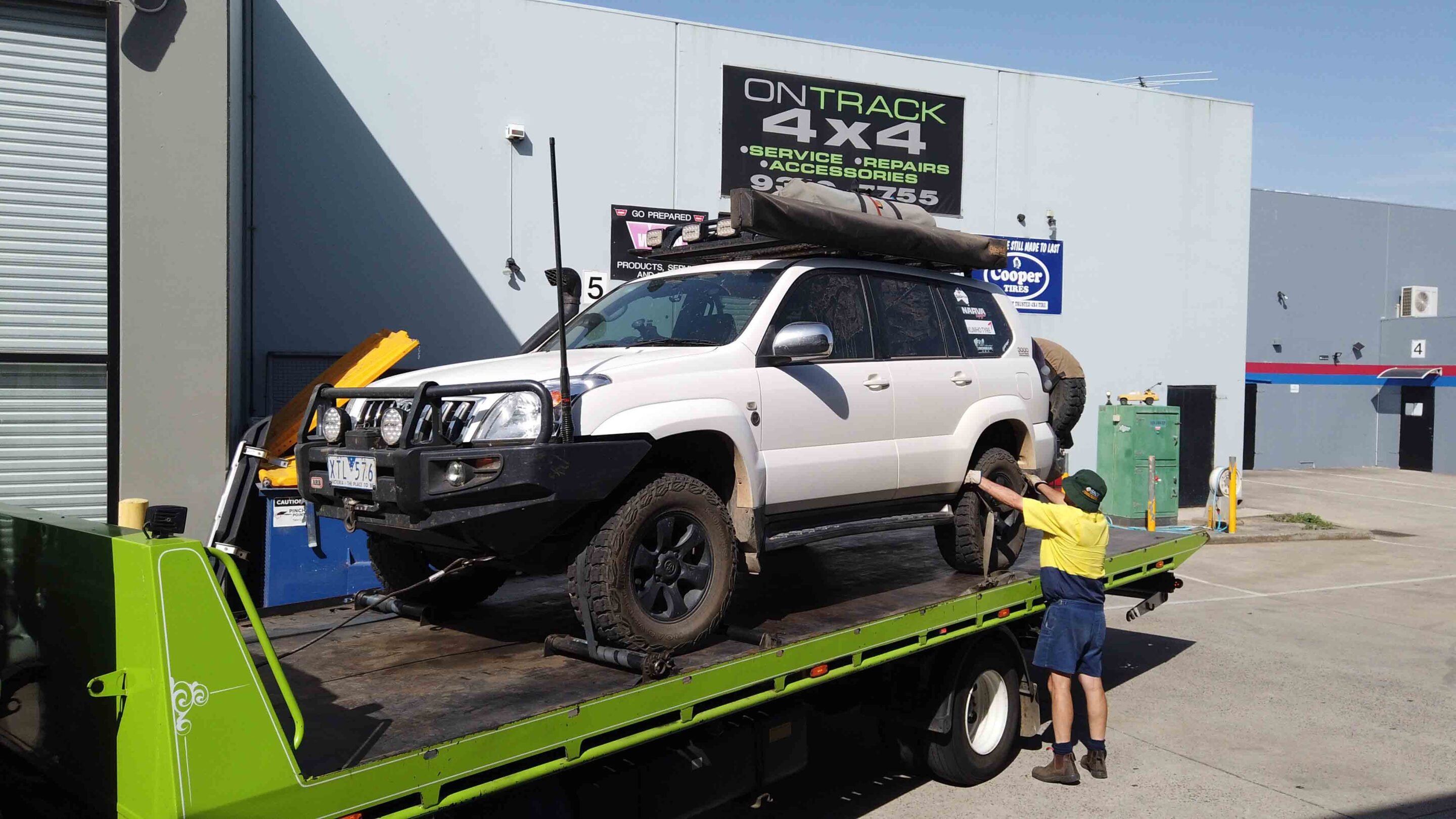
State auto club plans and pricing
| Provider | Plan | Annual Cost | Remote Towing | Benefits Value |
|---|---|---|---|---|
| NRMA (NSW/ACT) | Ultimate Care | $295 | 100km + | $4000 |
| RACV (VIC) | Total Care | $315 | 100km | $2400 |
| RACQ (QLD) | Ultra Care | $252 | 60km | $3300 |
| RAA (SA) | Premium | $259 | 200km | $2000 |
| RAC (WA) | Ultimate Plus | $365 | 300km | $7000 |
| RACT (TAS) | Ultimate | $246 | Unlimited* | $5000 |
| AANT (NT) | Premium | $299 | 200km | $5500 |
*Note: Prices are accurate as of May 2025 and are subject to change.
Six reasons why you should elect top-tier coverage
Owning a 4×4 opens up a world of exploration – remote beaches, outback deserts, alpine tracks and rugged bush trails most vehicles could never reach.
But with that freedom comes responsibility. You’re pushing your vehicle into environments that are harsh, unpredictable and often far from help. That’s why settling for basic roadside assistance is a risk not worth taking. Here’s why top-tier roadside assist isn’t just a nice-to-have for four-wheel drivers – it’s essential.
1. Remote recovery – standard cover won’t cut it
Basic roadside assistance often excludes unsealed roads, and many mid-tier packages won’t come to your rescue unless you’re close to a major town. But Australia’s best 4×4 destinations – Cape York, the Kimberley, the Simpson Desert, the Canning Stock Route – are nowhere near those places.
Top-tier packages are the only ones that offer:
- Remote recovery coordination from rural and hard-to-access areas.
- Towing over hundreds, sometimes thousands, of kilometres.
- Access to services with specialised 4×4 recovery equipment.
Without this, a breakdown could leave you stranded for days, relying on satellite communications to organise a costly private recovery that could easily exceed $5000.
2. Cover that includes your caravan or trailer
Many 4×4 adventures involve towing, whether that’s a camper trailer, off-road caravan or even a boat. If you’re only covered for your vehicle, you might get a free tow, but your trailer is left behind or even worse it could cost you a small fortune to recover.
Top-tier cover often includes:
- Towing for caravans and trailers.
- Emergency accommodation while your rig is being repaired.
- Separate transport for your gear, pets and passengers.
This is invaluable if you’re halfway up the Gibb River Road and both your tow vehicle and trailer need to be relocated.
3. Unlimited towing for long-distance breakdowns
Standard policies might get you 20km to 50km of towing – enough to reach the next mechanic in the suburbs – but if you break down 300km from the nearest town, that won’t cut it.
Top-tier plans typically offer:
- Unlimited towing to the nearest suitable repairer.
- Optional towing to your preferred mechanic – even if it’s back in your home city.
- Multiple vehicle recovery if you’re travelling in a convoy or with family.
This ensures you’re not left negotiating with local towies or being forced to fix your vehicle at a location you don’t trust.
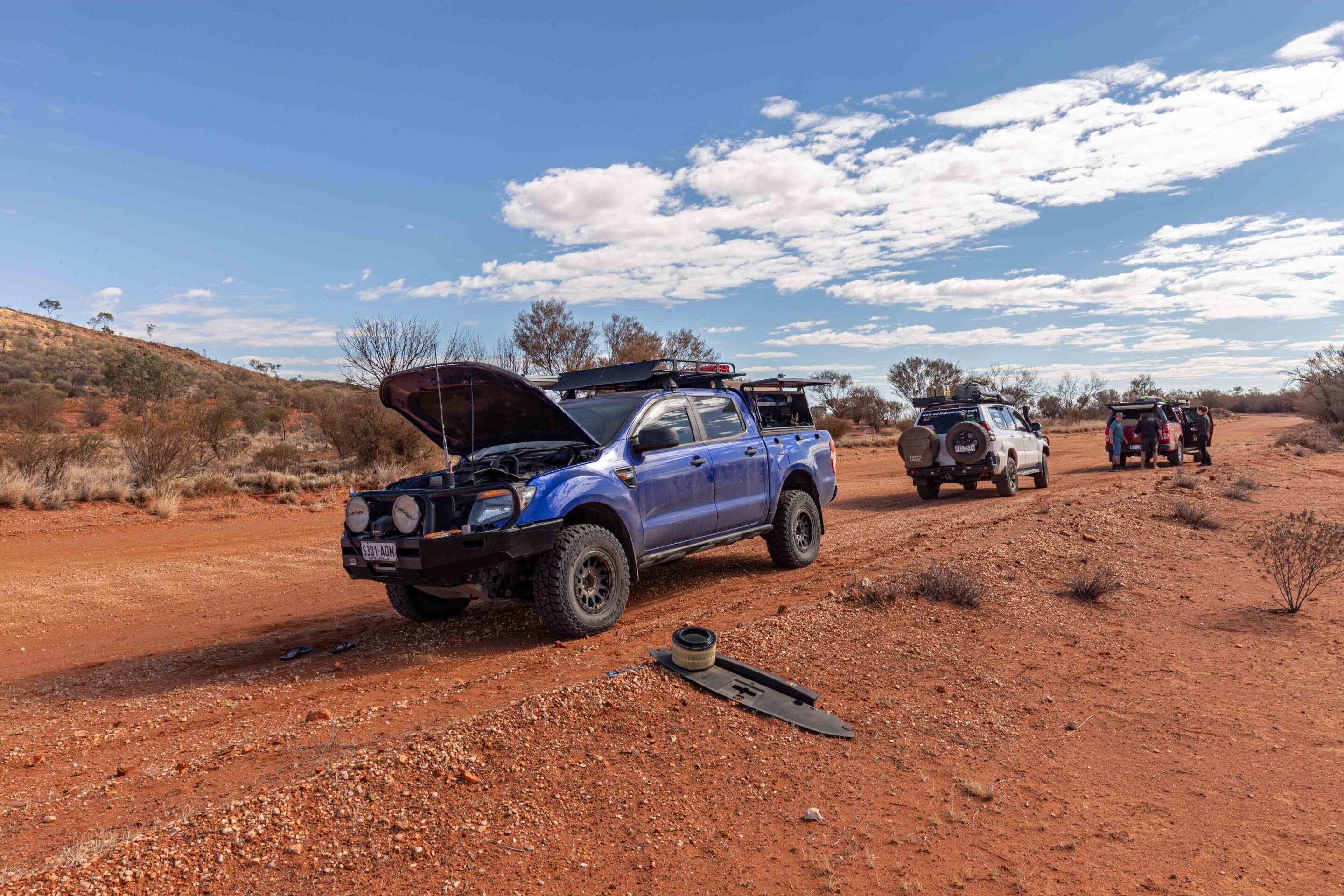
4. You’re covered no matter what vehicle you’re in
With personal cover included in most premium plans, it doesn’t matter whether you’re in your own 4×4, driving your partner’s rig or riding shotgun with a mate – you’re still protected.
That flexibility is vital for:
- Group trips where drivers rotate.
- Backup vehicles or support vehicles on long tours.
- Hiring a 4×4 for interstate adventures.
It’s peace of mind, even when you’re not behind the wheel.
5. Extra perks – accommodation, flights, hire cars
Breaking down in the bush is one thing, getting back to your life is another. If your vehicle is going to be off the road for days or weeks, you’re going to need more than a tow.
Top-tier packages offer:
- Emergency accommodation – up to 4-5 nights, depending on the provider.
- Vehicle repatriation – they’ll organise transport for your 4×4 once it’s fixed.
- Flights or hire car options – so you can continue your trip or get home.
- Transport for pets, trailers and even gear.
This turns a potential holiday-ending disaster into a manageable detour.
6. It’s a small price to pay for serious protection
The average Total Care package costs between $250 and $320 per year, which is often less than the price of a single tank of diesel in a long-range 4×4 vehicle. In return you receive:
- Coverage anywhere you go.
- Support when things go wrong.
- Confidence to travel further without fear.
Considering a single outback recovery can cost thousands, and a commercial tow from the NT to Adelaide can hit more than $10,000, the investment in top-tier cover pays for itself many times over if you ever need to use it.
Why serious tourers need serious cover
When you head off the beaten track, preparation is everything. You carry recovery gear, spare parts, a first aid kit, extra water and sometimes even satellite communications – because when you’re far from civilisation, self-reliance becomes essential. But even the best-laid plans can unravel. That’s when roadside assistance becomes your safety net. And not just any roadside assistance.
Top-tier coverage is designed with the realities of remote travel in mind. It’s built for the long-haul tourer who might break down 300km from the nearest town. It’s made for the off-roader towing a heavy camper up the Cape or through the Kimberley. It’s for the family taking the road trip of a lifetime, who need a plan B that doesn’t end in stress, danger or a massive credit card bill.
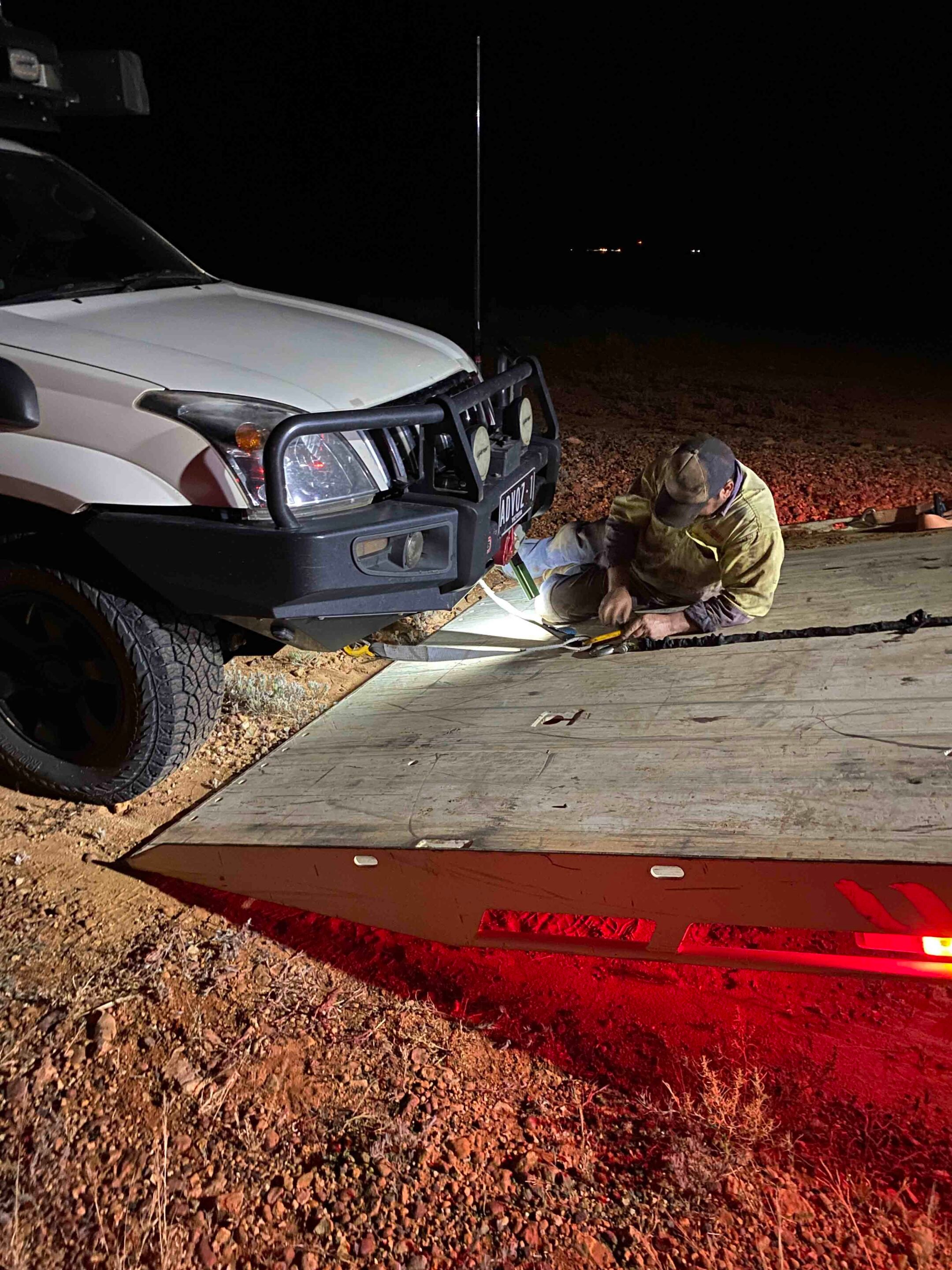
Basic and midrange plans are not built for this level of adventure. They’re fine for the suburbs and the occasional country road, but they fall apart when faced with the real challenges of outback touring: huge distances, limited infrastructure and the complete absence of mobile reception.
Top-tier packages don’t just offer towing – they offer recovery coordination, emergency accommodation, transport for passengers, pets and trailers, and even repatriation of your vehicle if needed. Most importantly, they give you peace of mind that if something does go wrong out there, help will come, and your journey doesn’t have to end at the side of a dusty track.
For four-wheel drivers who invest in quality gear, capable vehicles and unforgettable trips, upgrading your roadside assistance should be a no-brainer. It’s one of the most important tools in your touring kit, something you hope you never use, but for which you will be incredibly grateful if you do.
So, before your next big adventure, check your coverage. Read the fine print. Ask the tough questions. Then upgrade to a plan that’s as serious about exploring Australia as you are.
Because out there, the right roadside assist isn’t just handy, it’s your lifeline.
Case study – $10k remote tow paid by RACV
Seventy-five kilometres west of Jupiter Well, on the Gary Junction Road, I stopped to take some photos of a stunning landscape. Upon returning to my 2006 Prado, I attempted to drive off, but it turned out to be difficult. The rear wheels were struggling to turn. In an instant, I knew what was wrong.
Earlier in the trip, the Prado was serviced in Darwin. The mechanic picked up that the handbrake wasn’t working and, on closer inspection, discovered that the components had failed internally on the rear wheels. I’d asked that the components be removed from the drum as the handbrake wasn’t needed on the 10,000km journey home.
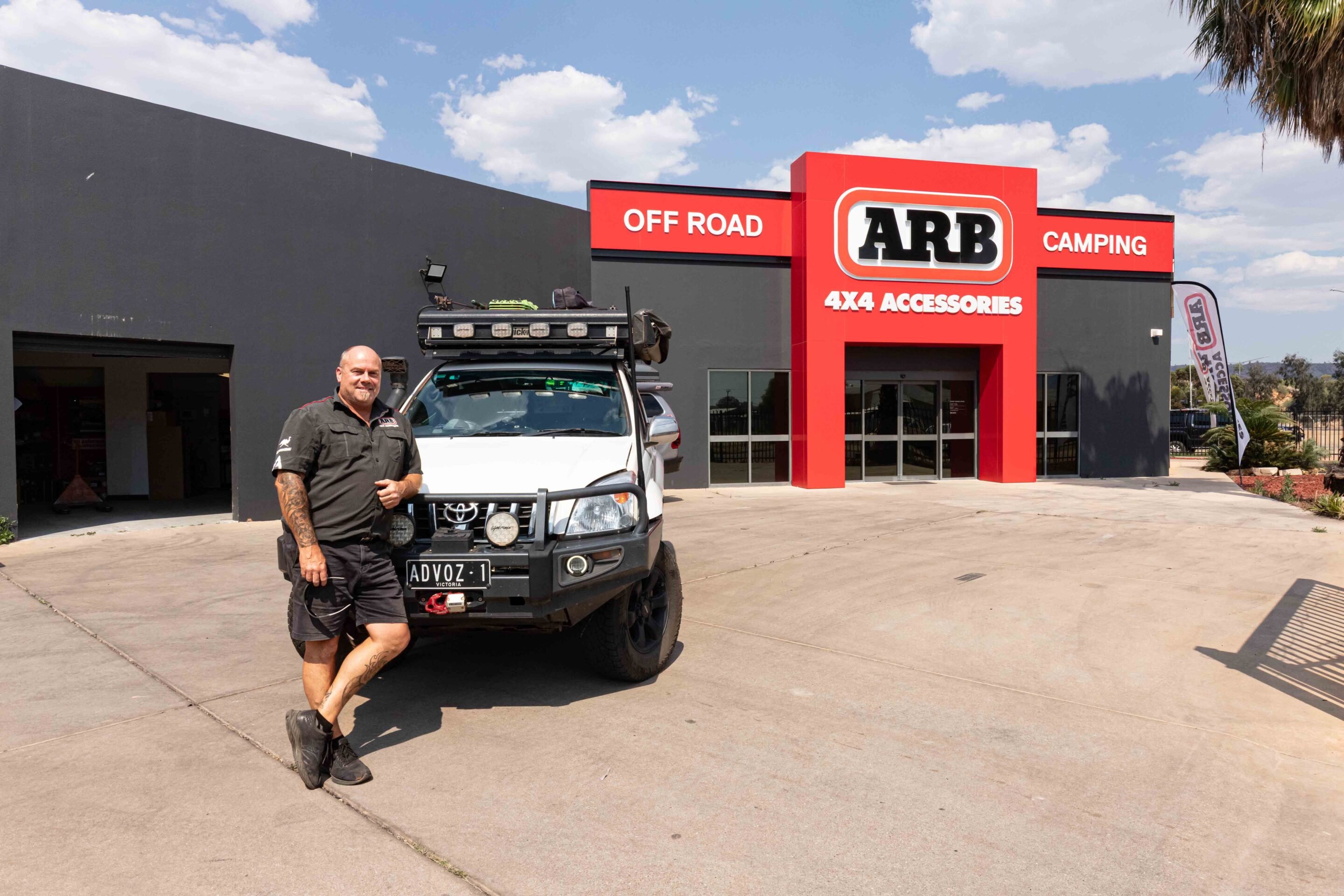
With the wheels now protesting while driving, I was convinced that the mechanic hadn’t followed my request. I finally reached Jupiter Well and pulled into the campground. Once stopped, it was clear that the rear wheels were extremely hot. The nut savers on the wheel nuts had melted, and the hubs were hot to the touch.
Once Starlink was set up, I called the RACV Total Care hotline and reported my issue to them. Within a couple of hours, the tow truck was on its way from Kulgera, 1220km away. The towing cost was $10,000, which RACV Total Care covered; however, because the cost was so high, they were unable to cover my accommodation upon reaching Alice Springs. If you refer back to the table above, you’ll notice that $10,000 is over what the RACV Total Cover Benefits Value. All I can say is the RACV wasn’t going to leave me stranded in such a remote place.
Within two days of the issue arising, the Prado was in the workshop at ARB Alice Springs. Two days after that, it was back on the road, having replaced the handbrake and brake rotor on one side and the entire hub and handbrake drum assembly with a secondhand one on the other.
Case study – outback wheel failure, costs covered
Upon reaching Birdsville after driving the Colson Track, Rig Road and WAA Line, I noticed a noise coming from the front driver’s side wheel. Unfortunately, we couldn’t work out where it was coming from, and nothing felt loose. The next day, we departed the Betoota Hotel and headed towards Innamincka via the Arrabury Road before parting ways with the rest of the convoy once we reached the Adventure Way.
Travelling solo, I drove towards Thargomindah, and having just overtaken a B-triple mining truck, I felt a sudden jerk of the steering wheel, so I guided the Prado onto the road shoulder and rolled to a stop. Upon exiting the vehicle, I instantly noticed the problem: the front wheel was jammed under the upper control arm, and the wheel studs had sheared off.
It was Starlink and RACV Total Care to the rescue again. I was 250km west of Thargomindah when the lone tow truck passed me, carrying a broken camper trailer as I talked to the RACV. By 9pm, the Prado was on the back of the tow truck. The legendary driver had chosen to come and pick me up tonight instead of tomorrow morning.
Just after midnight, it was parked in front of a cabin at the Explorers Caravan Park. By late afternoon, the Prado was fixed; thankfully, the small Toyota dealer in town had spare studs. I was able to head home the next morning, grateful that my choice to pay for the top-tier coverage with RACV meant I wasn’t out of pocket for the tow or two nights’ accommodation.
We recommend
-
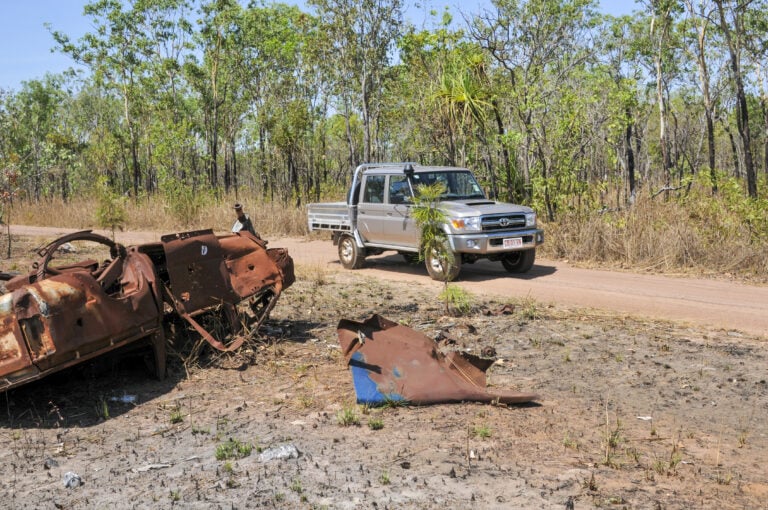 Advice
AdviceHow to survive in the Australian bush: Essential life-saving tips
When something goes wrong in the bush it can quickly become a life-threatening situation, but you can increase your chances of survival by following these top tips
-
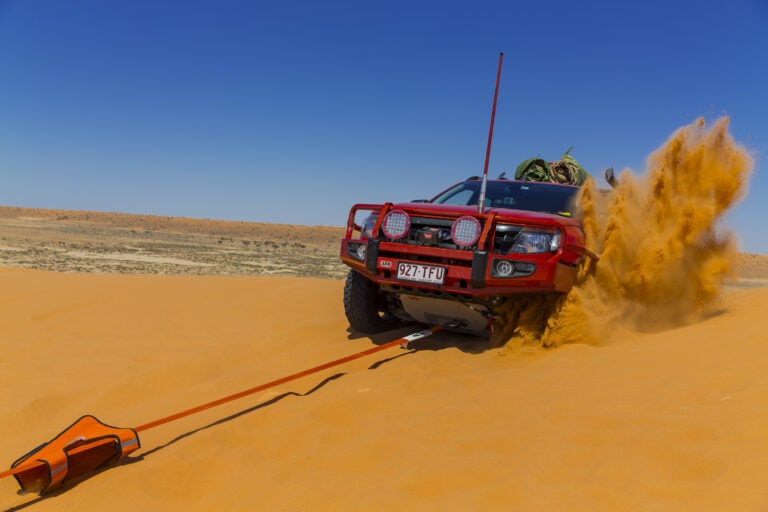 Gear
GearHow To: Snatch recovery
We explain how to safely use a snatch strap or a kinetic recovery rope
-
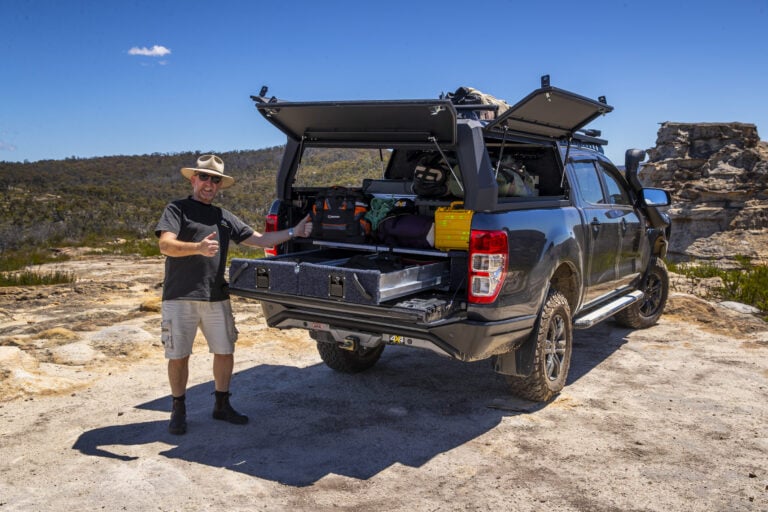 Gear
GearHow to expertly pack a 4x4
How to safely, securely and smartly pack gear in to your vehicle


